Since January 2022, Bristol City Council has been developing the East Bristol Liveable Neighbourhood Scheme (EBLN). In its latest consultation, 1,418 people responded: 760 objected, 427 expressed support.
Despite majority opposition, the council pushed ahead, insisting traffic restrictions were “necessary to support the City Council’s transport objectives.”
The trial launched in October 2024 across Barton Hill, Redfield, and St George. Since then, community dissatisfaction has been loud, clear, and well documented.
Shift workers with rigid schedules in a city where buses don’t run when they need them. Parents and carers juggling childcare or eldercare, without flexible jobs or supportive employers. Disabled people and those with long-term illnesses who rely on cars for basic mobility. Residents with no cycling experience, no spare cash for a bike, and nowhere safe to store one.
These are the people hit hardest by the scheme. For them, cars aren’t a luxury—they’re a lifeline.
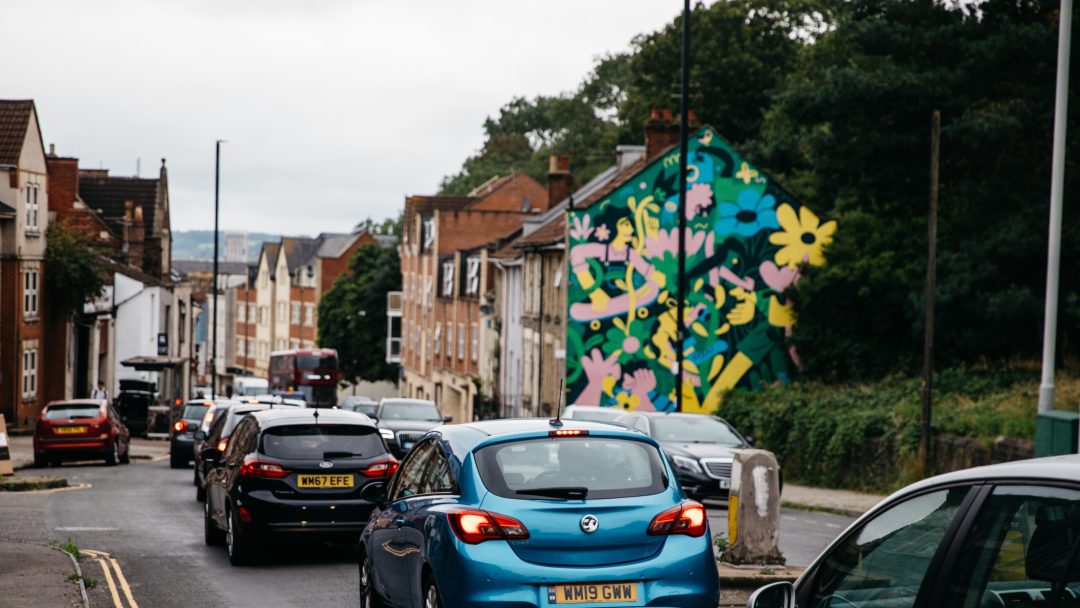
I’ve spent over two years researching this topic and speaking with affected residents. The phrase they hear most often in response to their concerns is: “But it’s for the environment’s sake.”
But a scheme demanding people make sacrifices for the sake of the environment while ignoring social issues risks widening inequality. This is what happens when climate policy is shaped by a largely middle-class, white, able-bodied political class.
Good intentions aren’t enough. And this is why, in my eyes, the EBLN scheme is failing.
The Just Transition
EBLN isn’t an outlier. Climate policies across the UK increasingly risk being built on systems of inequality—rooted in race, class, gender, and ability.
This is what happens when climate policy is shaped by a largely middle-class, white, able-bodied political class
That’s why the concept of a Just Transition is gaining momentum in activist and academic circles. It’s a call for a shift to a low-carbon future grounded in justice—addressing power imbalances, centring inclusivity, and rejecting the assumption that green policy automatically equals equity. Because it doesn’t.
Mobility schemes like EBLN are often framed as solutions for public health, wellbeing, and “liveability.” But their rollout is often contentious—for good reason.
To understand why, we need to look back. Since the 1950s, cities have become increasingly car-centric. Public transport—especially buses—was defunded and racialised, associated with poverty and decline. Meanwhile, the bicycle, once a working-class necessity, has been rebranded through active travel policies, as a symbol of middle-class eco-consciousness.
This shift has consequences. Firstly, green mobility projects now prioritise a specific type of cyclist—typically able-bodied, wealthier, and lifestyle-driven. These schemes boost property values and attract investment, benefiting affluent residents and deepening inequality. Active travel infrastructure, in this context, serves to ‘rebrand’ the neighbourhood and make it appealing to new investments. The result? Gentrification pressures, the creation of environmentally privileged enclaves, and the worsening of conditions for lower-income and minority communities.
Secondly, cycling has been rebranded. Once a necessity for those without cars, now framed as a lifestyle choice—an expression of freedom, health, and eco-consciousness. But that image mostly reflects people who choose to cycle, not those who don’t have other choices but to. Meanwhile, those who still rely on cars as a necessity – due to work, care responsibilities, disability, or geography – are often cast as barriers to progress or enemies of the environment.
Just Transition thinking exposes the darker side of these policies: climate action repackaged to make cities more “competitive,” not more compassionate. In other words, green policies that ignore social realities and instead serve the capitalist logic of urban development.
Revolutionary Solutions
Yes, the council must monitor the impact of the EBLN trial—especially on marginalised groups. And yes, it must learn from this when shaping the next Liveable Neighbourhood scheme in south Bristol, now under consultation.
But right now, I want to speak to you—the reader, wherever you stand on this issue. We need a new kind of environmentalism. One that shifts from personal to shared, communal responsibility.
If you support the EBLN, ask yourself: do you know someone with two jobs, a disability, or long school runs—someone now struggling under this scheme? If so, offer help where you can.
As the graffiti on Church Road puts it: “Comfortable relationships require uncomfortable conversations.”
Start those conversations. Listen to those most negatively impacted. Hear their anger. Learn from it. Because real climate justice isn’t about green mobility zones or bike lanes—it’s about dignity, equity, and solidarity.
That’s what will save the planet—not policies that leave our most vulnerable neighbours behind, and widens divides.
Sara Melassechi is a PhD candidate at UWE. Her research focuses on the East Bristol Liveable Neighbourhood.
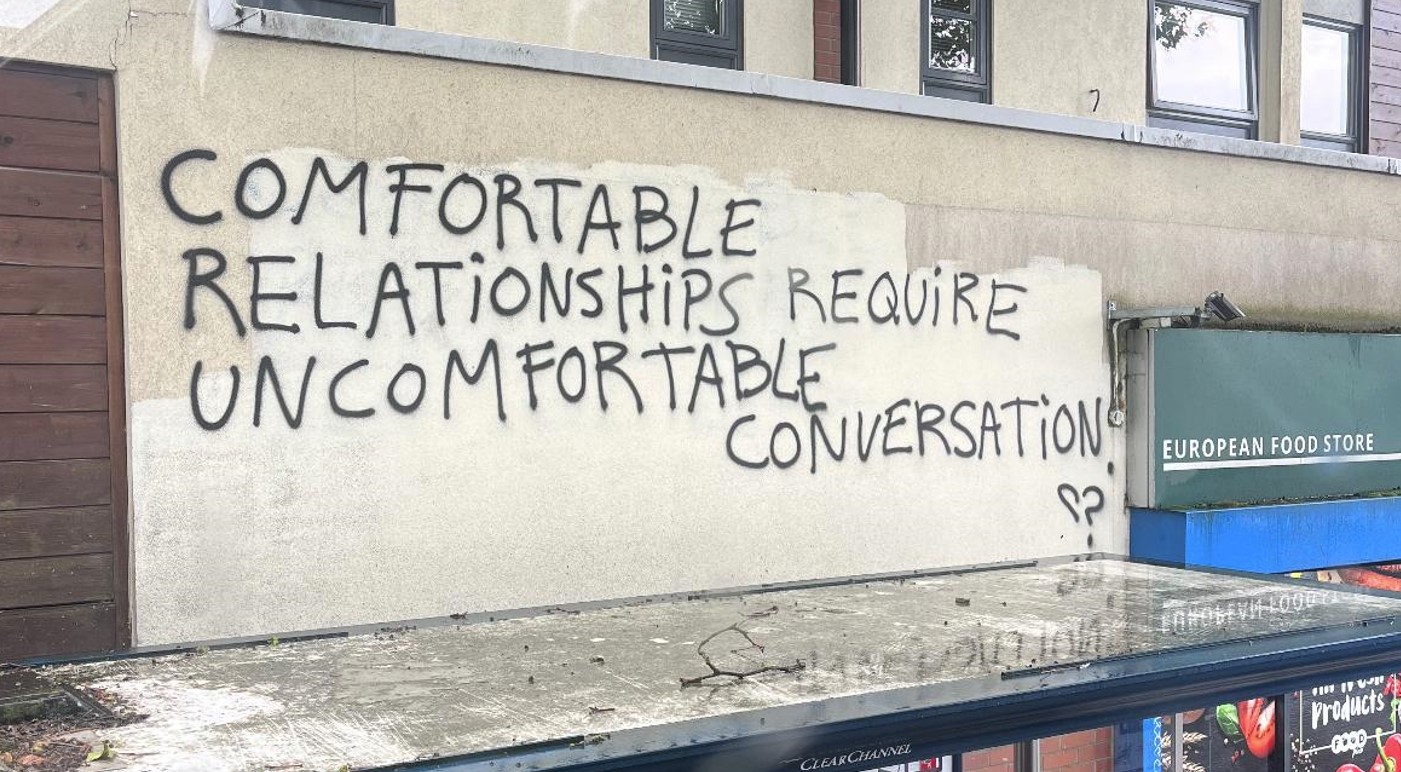



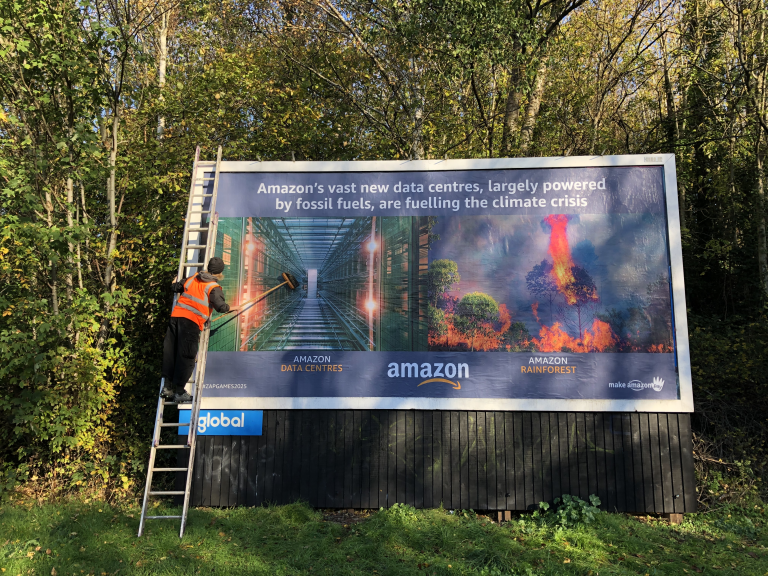
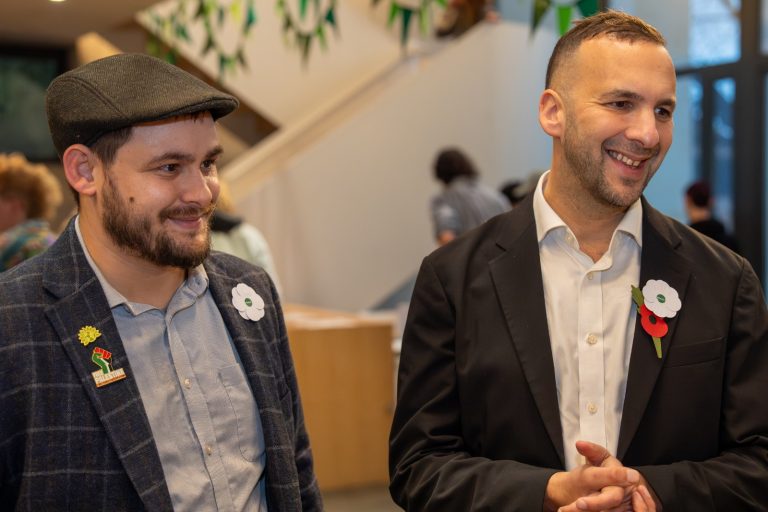

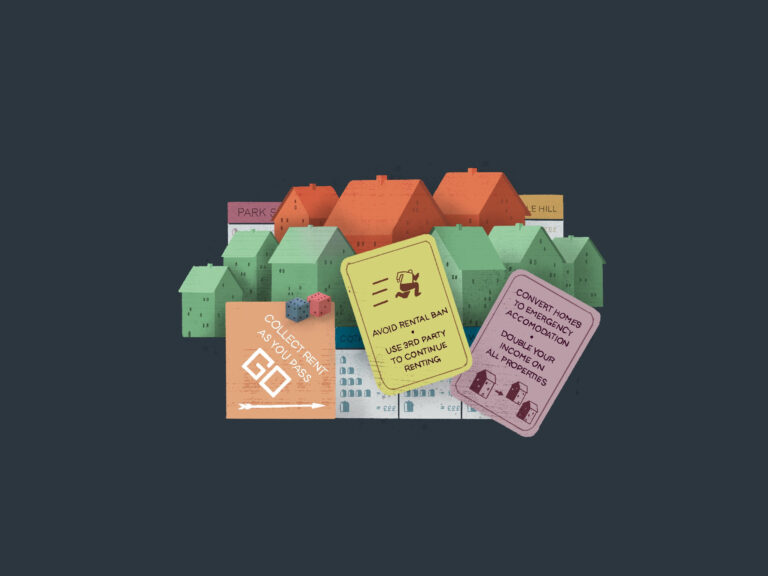




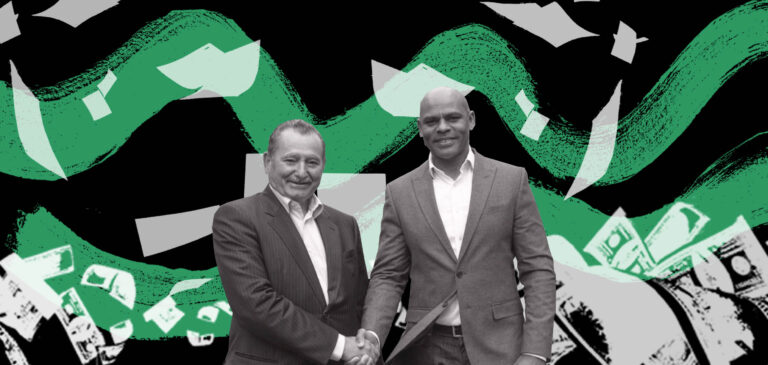

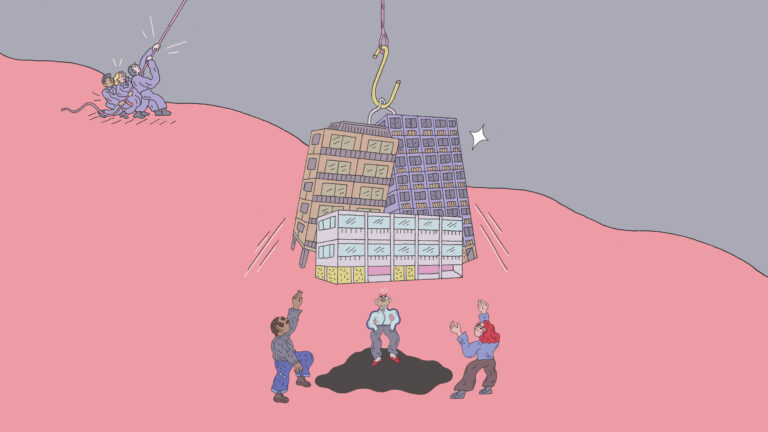

Report a comment. Comments are moderated according to our Comment Policy.
Re. EBLN
Interesting and refreshing to read a critical view of EBLN in the press that’s not framed in anti-eco / new world order conspiracy theories.
I’ve raised the same points about the potential inequalities created by autocratic environmental “improvement” schemes for a number of years at environmental events and pre-election hustings, and have never yet managed to establish a constructive conversation about it. Green & Labour politicians offer no response, looking shocked anyone might question the unintended impact of environmental schemes,let alone how those impacts might run contrary to their values. Whilst old school liberals focus on issues of liberty, rather than inequality.
In addition to the inequality angle, what I find fascinating about so called liveable neighborhood schemes is the number of really wicked problems they tease out, all of which I expect will require more attention (and solutions!) as our cities become subject to more environmental, gentrification and population pressures:
– who determines what’s ‘liveable’?
– how will adherence to ‘neighbourhood’ schemes be monitored enforced (eg more surveillance cameras & fixed penalty notices)?
– which areas of the city will be impacted and why?
– environmental autocracy trumping democracy (as it arguably has in East Bristol)
– conversely, the impact of democratic decisions blocking beneficial environmental schemes
– the links between city environments and health outcomes
– increasingly fractured politics (mapping the interested parties with a view on liveable neighborhoods against for or against positions is an eye-opener – some strange bedfellows)
In short, it’s an issue we can learn from to help us all to face the future in Bristol and across the UK. As the Government presses ahead with, let’s be honest, quite democratically opaque combined authorities with a flimsy mandate, it’s not unlikely that there will be some bigger and bolder schemes in future.
Returning to EBLN, I don’t live in the area directly, but drive AND cycle through it regularly and I have two major concerns with it:
1) it looks and acts like a badly designed, back of the fag packet scheme, with unclear objectives and overall expected benefits. Are a few planters blocking the end of streets really the best idea town planners can come up with? What is it’s theory of change? How will the negative consequences pointed out in this article be mitigated? Is the plan really to roll this out across the whole inner city? If not, why do it at all?
2) Implementation in Barton Hill and Barton Hill’s proximity to a huge inner city redevelopment (along the Feeder and behind Temple Meads). The citizens of Barton Hill will be impacted by this change in the coming years and it feels a little unfair to impose even more change in them now.
My view is that future schemes need to be co-designed, ideally led, by the neighborhoods themselves. This may sound a bit utopian, but there are great examples of effective community designed schemes in health and well-being, for example (ref JU:MP in Bradford).
Currently, the alternative to bottom-up schemes seems to be more poorly considered, top-down schemes from cash-strapped councils with limited (if any) benefit, which serve only to waste more public money and create tensions between elected representatives / councils / governments and the communities they should serve. I hope I’m wrong about this.
Good luck with the research and the more nuanced articulation of the issues around liveable neighborhoods.
I live on Barton Hill and the most concerning aspect of the changes is the majority being lives put at risk due to NO emergency access to particular parts of the area. Ambulance, police and fire engines are forced to go up one way streets, disabled parking has been taken away from residents and an increase in drug related crimes.
The environment is at crisis point and needs an international change, a ban on fossil fuels, a free move towards electric and water powered cars.
Local solutions and ignoring its residents is not a solution, its just another example of the chaos of capitalism.
To achieve an international change we need an international socialist party….the SEP who have been tirelessly trying to make people understand that this is the way to save our planet…..remove capitalism and replace it with socialism to implement the ban on fossil fuels! Capitalism will NEVER do this and WILL kill us and our planet. If we are to actively do something to for REAL change we need to join the SEP an international socialist party. You may well laugh! But for those who know….People also laughed at the SEP when they said Trump will get into power and that Labour will turn to the right. Wsws.org